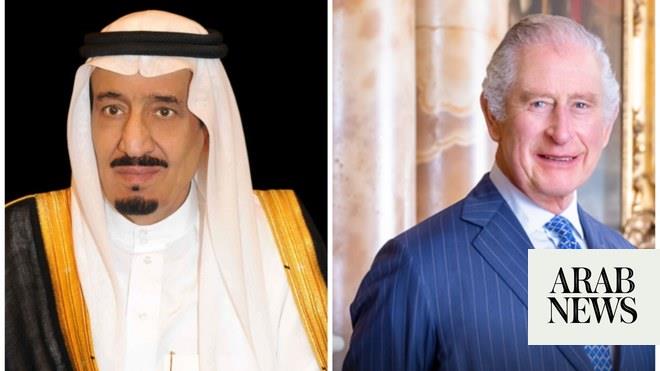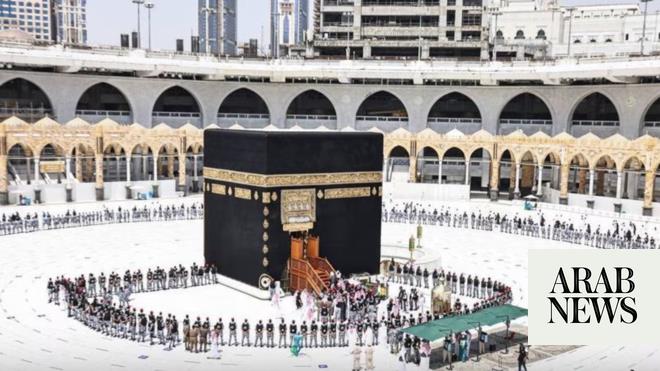
Mayor of Riyadh Region Prince Faisal bin Abdulaziz bin Ayyaf said that the speed of growth in Riyadh would not have taken place without its infrastructure capable of absorbing the growth and that bears the imprint of Custodian of the Two Holy Mosques King Salman. He said that Riyadh is the betting card for the Kingdom in the implementation of mega projects worldwide.
The mayor made the remarks during a dialogue session titled “Riyadh’s promising future and its transformations to lead development,” which was held here on Sunday on the sidelines of the exhibition with the theme of “Distinguished cities projects in the era of Custodian of the Two Holy Mosques.”
He pointed out that the “Salmani Architectural Style” is the heritage and originality of Riyadh and its basic values that are a blend of authenticity and modernity. “Riyadh is one of the world’s fastest-growing cities in terms of major projects and infrastructure. Since the year 1950 until today, there are only one or two cities that outperform Riyadh at such a speed globally,” he said.
Prince Faisal’s speech focused on the evolution of the growth of the capital city of Riyadh: “In the middle of the last century, Riyadh was a small city surrounded by walls. And there were alleys and squares, and its role was confined to its immediate surroundings until the decision of King Saud came to transfer administrative authority from Jeddah to Riyadh, and as a result, government departments and agencies were transferred to it, which contributed to the growth of its economy.”
“In the 1950s, the Malaz neighborhood was built, and its earlier name was the Red Sea neighborhood, which was known for its dense population. In the 1970s, its role transformed from the city level to the regional level, and at the end of the seventies the layout of Riyadh changed, and there were embassies, universities, airports, and ring roads, and infrastructure was established in general, and the idea of managing the city also changed in the fifties,” he said.
The mayor noted that the village municipality was established, and then came the Riyadh Development Authority, and today Riyadh represents 20 percent of the Kingdom’s area and 25 percent of the Kingdom’s population.
In his speech, Prince Faisal defined the term “humanization of the city,” explaining that contemporary Riyadh is divided into two phases: the pre-Vision, and the post-Vision. The pre-Vision is a traditional model for building the city, and it is successful in dealing with that time. The city witnessed rapid growth and faced a great challenge. Riyadh is the betting card for the Kingdom worldwide in major projects, and it is a clear example of how development drives growth. There is the Green Riyadh project, which includes the creation of 4,000 gardens and parks in a short period of time.
The King Salman Parks project broke the custom that the parks are in the middle of cities and not on the outskirts, and this is now 7 times bigger than the Hyde Park of London. “We also have a sports boulevard project that extends from Wadi Hanifa to Wadi Al-Sulay, and there are upcoming projects that tend to serve subsequent generations,” he added.












